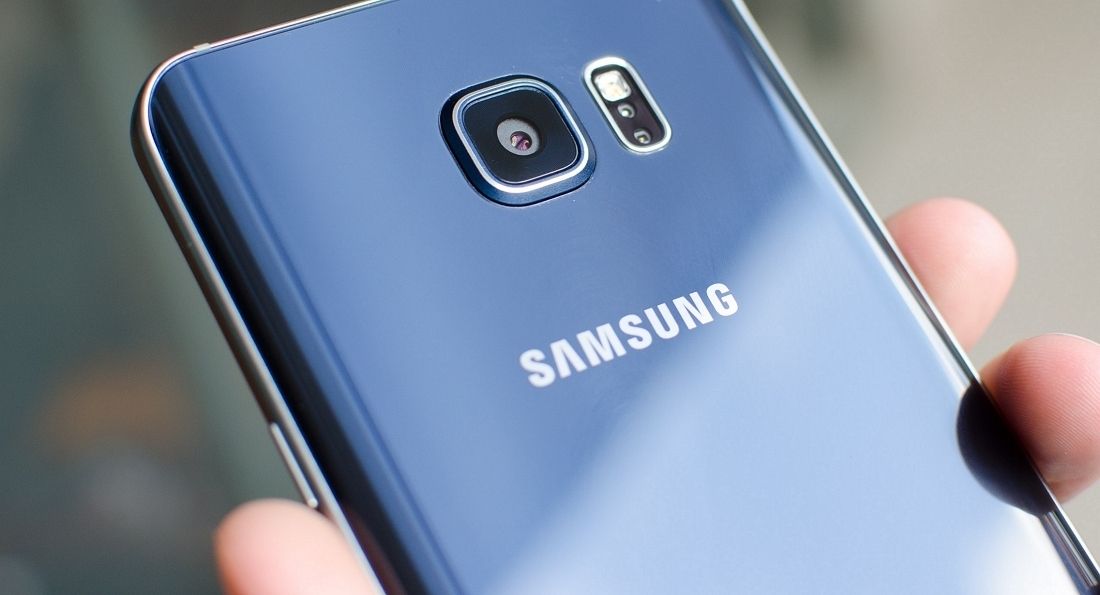Samsung used its annual Investors Forum to introduce a new camera module destined for future smartphones. Dubbed BRITECELL, the camera technology promises improved low-light performance with less noise.
As Android Authority notes, BRITECELL builds on Samsung's homegrown ISOCELL technology for their BSI sensors. ISOCELL places barriers between each photodetector to reduce crosstalk, thus improving sharpness and color accuracy - especially when shooting in dimly-lit environments. ISOCELL sounds a lot like the deep trench isolation technology Apple uses with its latest batch of iPhones.

BRITECELL reduces pixel size from 1.12um to 1.0um which Samsung claims results in a 17 percent reduction in physical module height. In other words, it may allow the company to tone back how much the camera sticks out on the back of flagship smartphones (or lead to even thinner phones).
The technology also allows for an increase in density up to 20 megapixels. Of course, megapixel count isn't everything but raising the ceiling certainly won't hurt matters.
Another key to BRITECELL technology has to do with a change in pixel arrangements. Most smartphone cameras use what's called a Bayer filter which employs an abundance of green pixels to help prevent light from hitting the sensor. With BRITECELL, Samsung has effectively traded green for white which lets more light in, resulting in brighter images.
Samsung didn't reveal which phone would be the first to use the new camera technology although if I had to venture a guess, I'd say we might see it arrive in the Galaxy S7 early next year.
